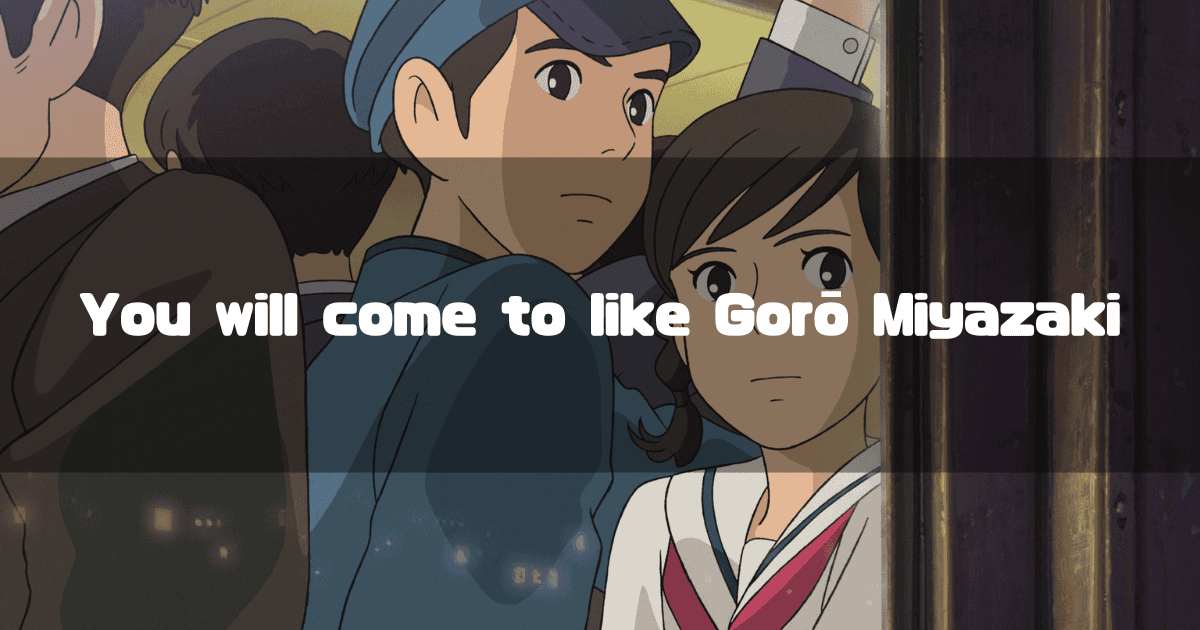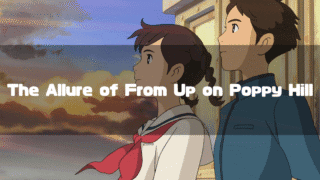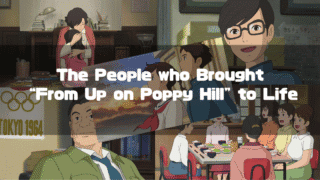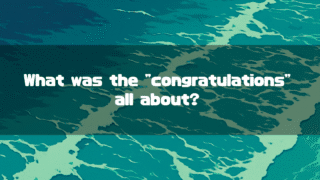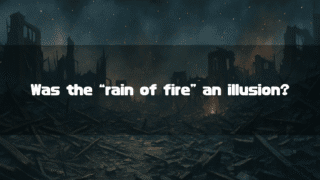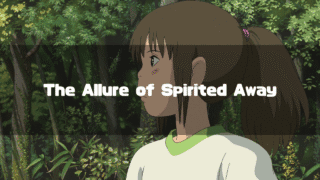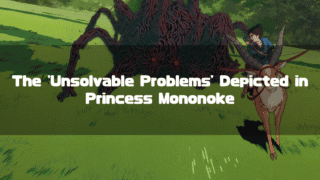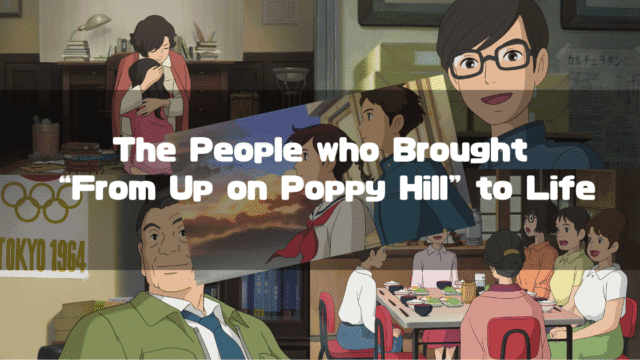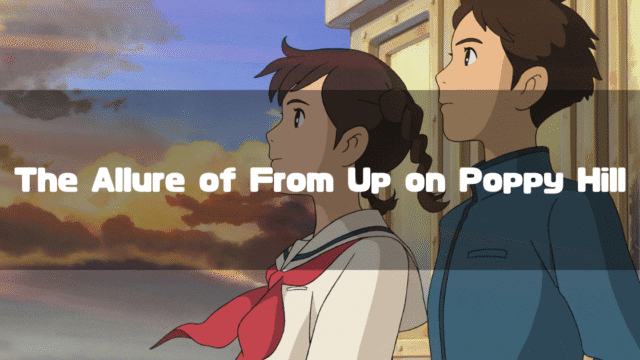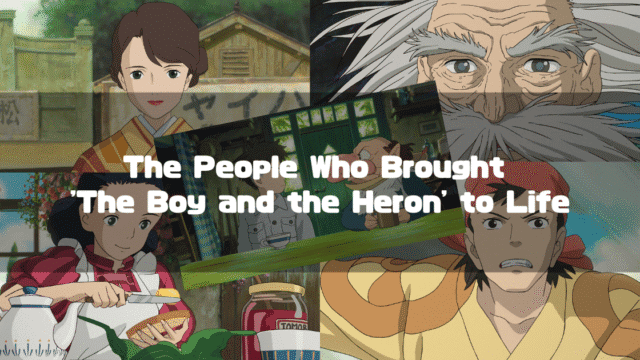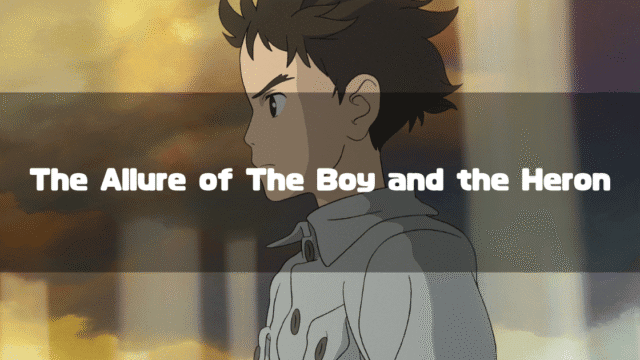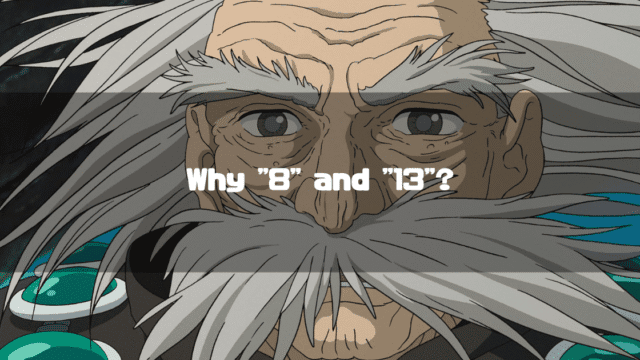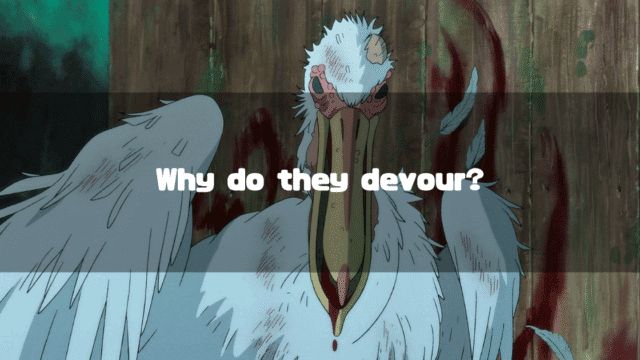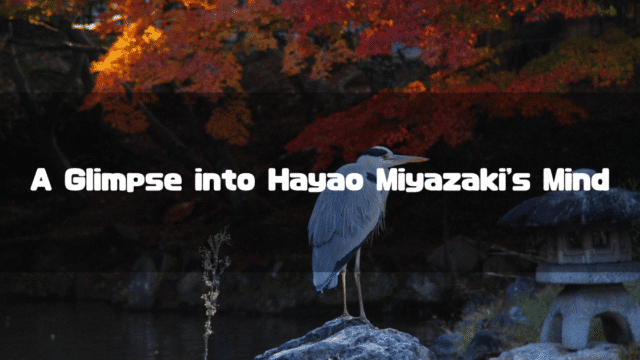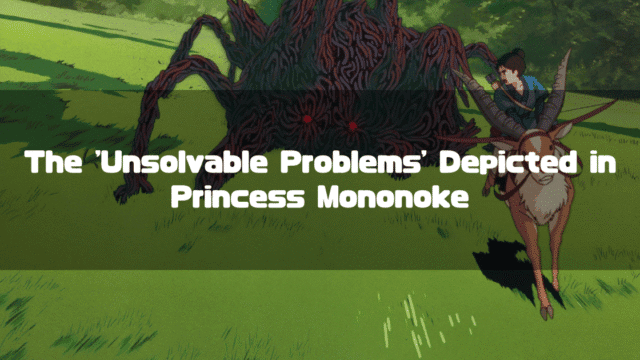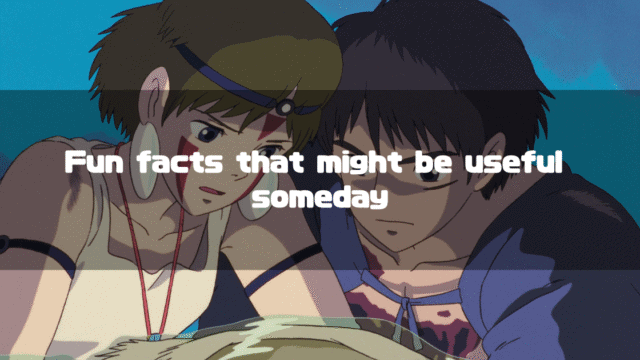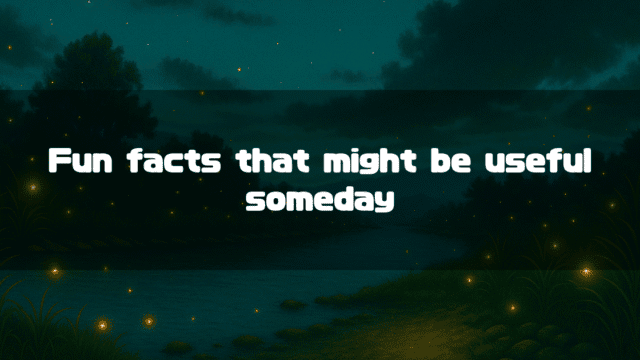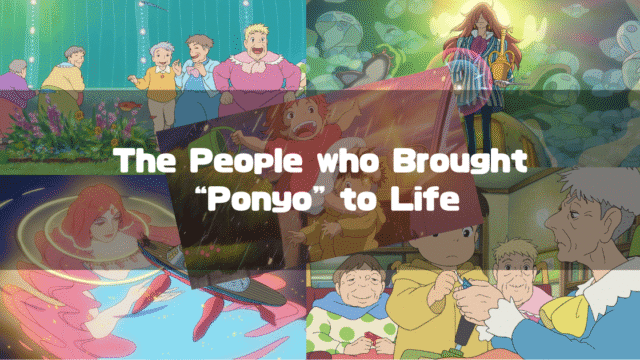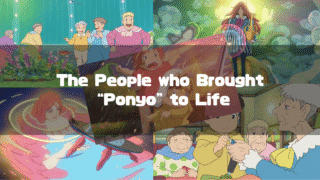“From Up on Poppy Hill(Studio Ghibli Official)” is an animated feature film directed by Gorō Miyazaki, released in 2011. While Gorō Miyazaki handled the storyboards and direction, the screenplay was written by his father, Hayao Miyazaki, making it a “father-son collaboration.”
I personally love this film, and this time I’d like to share my thoughts on it. As a supplementary guide, I want to touch upon the production documentary, “The Two of Them: The 300-Day War Between Father and Son on Poppy Hill(ふたり/コクリコ坂・父と子の300日戦争, in Japanese).” Of course, I love the main film “From Up on Poppy Hill,” but this documentary is just as, if not more, interesting.
The indescribable atmosphere when Gorō Miyazaki and Hayao Miyazaki are in the same frame is a highlight in itself. While I want to use this documentary as a guide to ultimately talk about “From Up on Poppy Hill,” let me first introduce the highlights of this documentary.
*This article is an English translation of the original Japanese article, “「コクリコ坂から」の制作ドキュメンタリー「ふたり」から考える本編のメッセージ“
Let an AI walk you through the highlights of this post in a simple, conversational style.
- A Father and Son Who Converse with Their Backs
The silent exchange between Hayao and Gorō Miyazaki in the preparation room symbolizes the complex distance between them and a “conversation felt through their backs.” - Escape from Hayao Miyazaki
To calm the chaos at the production site, Toshio Suzuki executed a “quiet isolation” by moving Gorō Miyazaki to an apartment. - The Futon Problem and the Old Guys’ Secret Maneuvers
The exchange initiated by Hayao Miyazaki and Toshio Suzuki over the direction of folding the futon in the opening is a behind-the-scenes story full of laughter and strategy. - The Baton Pass from Father to Son
“From Up on Poppy Hill” is a “story of passing the baton,” connecting lives and feelings, and also depicts the succession of Studio Ghibli.
Highlights of the Documentary “The Two of Them(ふたり)”
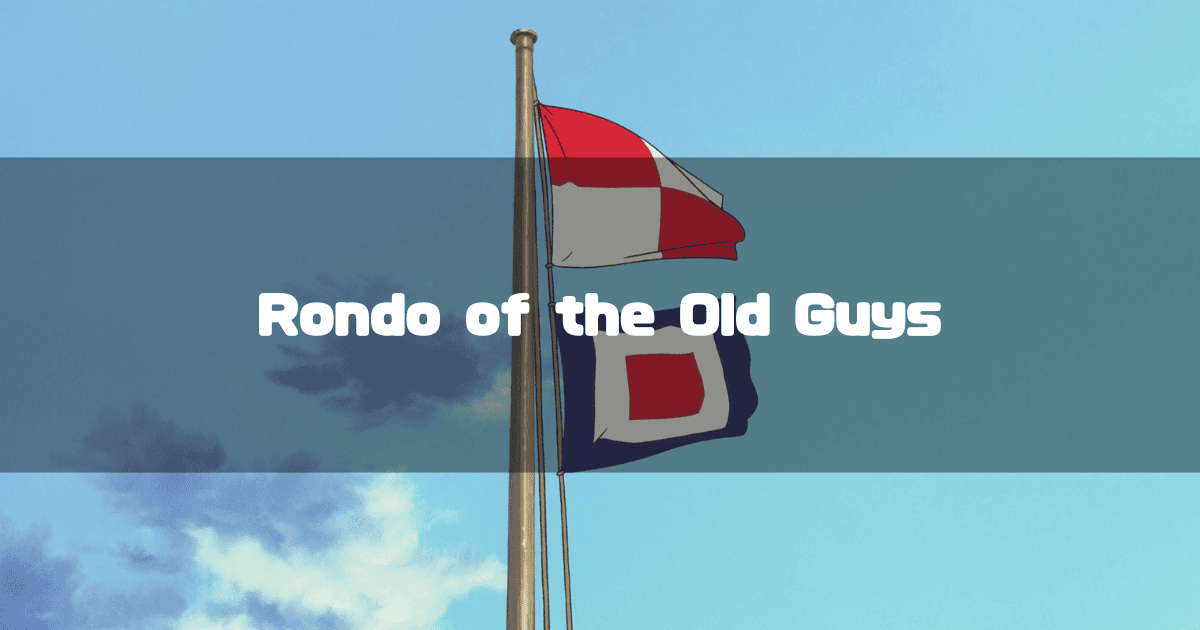
Hayao Miyazaki Wandering Around the Preparation Room
As the documentary begins, we see Hayao Miyazaki visiting the “production preparation room” (a room where a small team, including director Gorō Miyazaki and animation director Katsuya Kondō, does preparatory work) and talking to the staff. According to the narration, he visited almost every day without any particular reason. What’s noteworthy here is the distance between director Gorō and his father, Hayao Miyazaki. Hayao, who is clearly conscious of Gorō, stubbornly avoids looking his way. Similarly, Gorō doesn’t look at his father, and the two seem to be communicating through some kind of “feeling through their backs.”
Afterward, Hayao Miyazaki, with a difficult expression, turns to leave the room but then spots some “konpeitō” (a type of Japanese sugar candy). For some reason, he starts handing out the konpeitō to the hard-at-work staff. Since it’s Hayao Miyazaki handing them out, no one can refuse, and the staff accept with smiles. Finally, he reaches director Gorō and hands him the candy, saying, “Here, Gorō.” We finally get to see a direct interaction between the two, but director Gorō doesn’t say a single word.
A scene of “handing something over” is generally a “good scene” in a movie, one that is given some meaning. But what exactly were we shown here?
Is this a “good scene”? Or is it a “foolish scene”? I urge you to watch the footage and see for yourself.
Gorō Miyazaki’s Escape
The early part of the documentary mainly consists of footage from the “production preparation room,” and the atmosphere is utterly oppressive. Director Gorō himself lacks confidence in his storyboards, and to top it off, Hayao Miyazaki shows up almost daily to complain about one thing or another (though I’m sure his points were accurate).
There was even an incident where Hayao Miyazaki saw a drawing on the wall and said, “A picture with no soul like this is no good,” and had it taken down. The staff could no longer work in a normal state of mind. The same was true for director Gorō, who looked at a drawing by Katsuya Kondō and asked, “Do you think this is well-drawn?” before making him redraw it. If you watch the footage, you’ll see the extraordinary tension in the air.
Sensing this situation, producer Toshio Suzuki visits the preparation room to review the completed storyboards (animatic).
The verdict from the shrewd producer Toshio Suzuki was that “major changes are needed.” Suzuki conveys this to director Gorō. Hearing his own inner thoughts stated so bluntly, director Gorō is momentarily dejected but quickly recovers and begins to work on correcting the course. He moves his workspace from the preparation room to an apartment and, together with Katsuya Kondō, starts redoing the character designs from scratch.
The first time I saw this documentary, it seemed like a natural progression, so I didn’t think much of it, but why did the two of them move their workspace from the preparation room to an apartment? One can only imagine, but it was likely a strategy by Toshio Suzuki. To put it bluntly,
Of course, I think Hayao Miyazaki’s points were correct, and they ultimately improved the film. However, because he was trying to intervene in the production without brandishing his authority, the set became increasingly chaotic. If Hayao Miyazaki himself were the director, they could simply follow his intentions. But the director was Gorō Miyazaki, and the staff were caught in the middle. Director Gorō himself must have been concerned about his father’s words and actions, so it was undoubtedly necessary to create a situation completely separate from Hayao Miyazaki.
Toshio Suzuki, who orchestrated this “escape to the apartment,” is truly a shrewd producer.
Toshio Suzuki’s Behind-the-Scenes Maneuvers
Now, director Gorō has moved his main workspace to the apartment, but progress is still slow. In the midst of this, a single drawing by Hayao Miyazaki is delivered to the apartment room. It’s a genuinely good drawing, and after it was brought in, work apparently progressed at a rapid pace (as the narration says). I really want you to see this drawing in the actual footage. It truly has something that grabs you.
With just one drawing, the situation begins to move forward, and Toshio Suzuki decides to start the animation production. The incident happens after that.
Perhaps feeling relieved, Hayao Miyazaki starts sharing his ideas for the film with Toshio Suzuki. He suggests that a scene where “Umi folds her futon” should be included at the beginning of “From Up on Poppy Hill” and asks Suzuki to recommend (or order) director Gorō to do so.
Toshio Suzuki also thinks it’s a good idea and ends up recommending the scene to director Gorō, but Gorō refuses. His reason is perfectly sound: “Her sister is sleeping next to her, so she wouldn’t put away the futon.” That’s certainly true. I think director Gorō’s point is completely valid, but as you know, in the opening scene, Umi does fold her futon. In the end, things went exactly as Hayao Miyazaki and Toshio Suzuki had planned.
When Toshio Suzuki, who had persuaded director Gorō, reported this to Hayao Miyazaki, he replied, “I am grateful for your wonderful guidance.”
Hey, old guys, what on earth are you doing? And what are we being shown? This is just too funny.
It turns out there were “secret maneuvers by the old guys” that you wouldn’t know just from watching the main film.
Coming to Like Gorō Miyazaki a Little More
As you can see, this documentary has many “interesting scenes,” but its greatest charm is the sight of director Gorō himself earnestly trying to create animation. For Gorō Miyazaki, whose father is “Director Miyazaki,” becoming an animation director must have been a suicidal act. I thought so when “Tales from Earthsea” was released, but my perspective changes a bit when I hear that he “actually wanted to get into animation for a long time.”
No matter where he went, the conversation would turn to his father, and people would casually say things like, “Didn’t you ever think of pursuing a career in animation?” I wonder if he honestly said, “I wanted to live that life, but I gave up,” or if he dodged the question. Either way, it couldn’t have been a pleasant experience.
On the other hand, if he were to become an animation director, he was bound to be told all sorts of outrageous things. No matter how hard he tried, he couldn’t escape the fate of being compared to his father. To me, it seems like a living hell.
In the end, Gorō Miyazaki stepped into the world of animation he had longed for. When asked which is better—hiding your aspirations in a place you didn’t long for, or facing criticism in the place you do long for—I now think it’s better to be in the place you long for. It’s a thorny path, of course, but we should probably pay our respects to Gorō Miyazaki for taking the plunge and diving into the world of animation with a “Here I go!”
And the greatest effect of this production documentary is that you come to like Gorō Miyazaki just a little bit more. I’ve decided to live my life as a fan of his.
The Film “From Up on Poppy Hill”
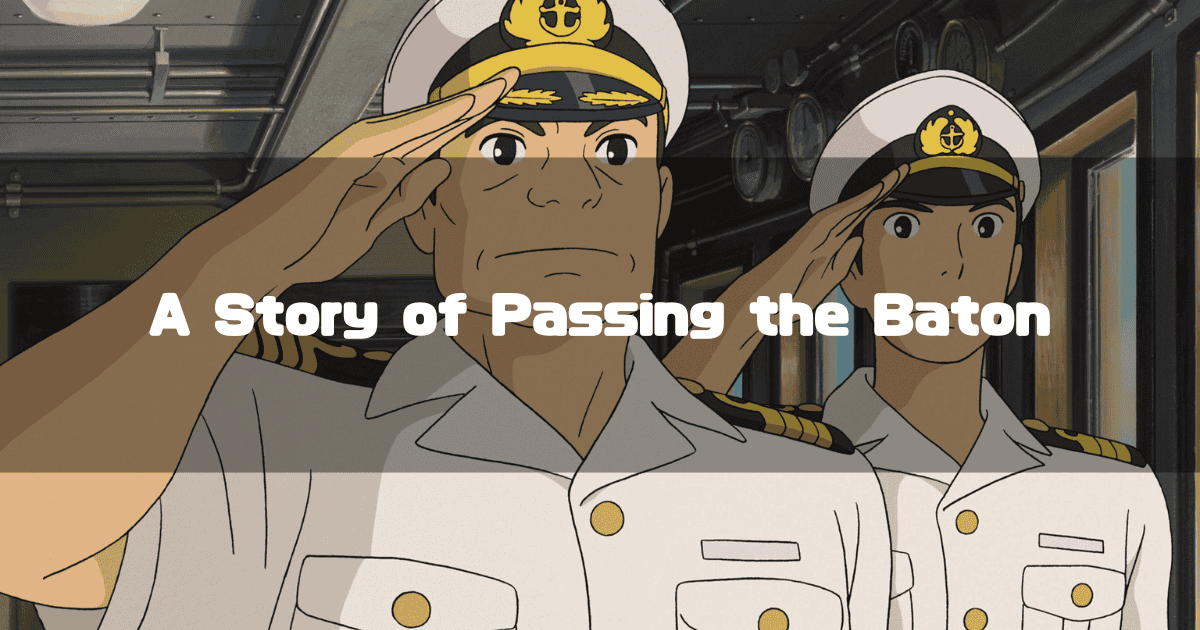
From here, I’d finally like to talk about the film itself.
Why Is It So Moving?
I usually end up crying when I watch this film. And while listening to the ending theme “Summer of Farewells,” I vow to myself to “live more earnestly” (and then forget about it the next morning).
But what is it that moves me so much?
I think anyone who likes “From Up on Poppy Hill” probably cries at the same parts. I’d guess people cry between the scene where Umi and Shun learn the secret of their birth from Onodera and the scene where the two of them wave to the Kōyō Maru, the ship captained by Onodera.
What we understand here, I think, is that “there were people who, in difficult times, still earnestly passed on the gift of life, and that the lives they earnestly passed on grew up to be fine individuals.” The people who were lucky enough to survive the war lived earnestly without becoming jaded in difficult times. Correspondingly, Umi and Shun, torn apart by the secret of their birth, still try to live positively without becoming jaded. They really grew up to be fine people.
In other words, this work is a “story of passing the baton,” a tale of the people who earnestly passed the baton and the young people who splendidly received it. The students who worked so hard to save the “Quartier Latin” were also earnestly trying to pass the baton they had received to the next generation.
Isn’t it this earnestness that brings us to tears?
I think that’s a good enough reason for why it’s moving, but when I watch that film, the thing that I can’t help but be curious about is the “Quartier Latin.” I’d like to think a little about what the “Quartier Latin” was.
The Five-Year Plan, the Quartier Latin, and Hayao Miyazaki
In the film “From Up on Poppy Hill,” the existence of the “Quartier Latin” shines quite brightly (though in reality, it’s dilapidated). That building, which houses various club rooms, is in itself a “cultural festival every day” and is extremely charming. However, the term “Quartier Latin” resonates with a certain generation (much older than mine), so for those people, it’s probably a case of “Ah, I see.” But I won’t take that perspective (it doesn’t seem to have much potential for development).
To begin with, “From Up on Poppy Hill” is positioned as part of a “Five-Year Plan” initiated by Hayao Miyazaki. According to “Ghibli Textbook 17: From Up on Poppy Hill (ジブリの教科書17:コクリコ坂から, in Japanese),” the Five-Year Plan was a plan for the next three years of Studio Ghibli, announced internally by Hayao Miyazaki in November 2008 after the production of “Ponyo.” It was envisioned that two films by young directors would be made in three years, followed by some kind of major work in the subsequent two years. One of the young director’s films was “Arrietty,” directed by Hiromasa Yonebayashi.
It’s very difficult for us, who just passively watch the films they make, to think about why such a plan was necessary, but it would basically be for “nurturing up-and-coming directors and experimenting with the Ghibli brand.”
Taking a cynical view, perhaps Hayao Miyazaki himself wanted to see if films by directors other than himself would be a hit, assuming the works were of good quality. If it went well, it would create the possibility of making “what he wanted to make” in the following two years. I don’t know what his actual intentions were, but there’s no doubt he was concerned about “the future of Studio Ghibli and himself.”
Considering that situation, to my eyes, that “Quartier Latin” looks like “Studio Ghibli” or “Hayao Miyazaki himself.”
I cynically suspect that Hayao Miyazaki might have had the thought that “Studio Ghibli” or “himself” would no longer be needed by the world and might be “eliminated.” A “Ghibli anime fan” like me would think, “There’s no way that could happen!” but for the actual creators, the situation was probably not so easy (it might be something that everyone involved with Ghibli thought). The “Five-Year Plan” and “From Up on Poppy Hill” were born out of such circumstances.
I think the main film was a story of “people who still connected lives,” but the film’s project itself was likely a “project to connect the life of Studio Ghibli.” And the fact that it became a “father to son” baton pass, just like in the main story, is somehow deeply moving.
I don’t think anyone knows the true inner feelings behind Director Hayao Miyazaki’s intention to retire after “The Wind Rises,” but perhaps when he saw “Arrietty” and “From Up on Poppy Hill,” he felt that he had been able to convey something to some extent. It’s just a maybe, though.
The images used in this article are from “Studio Ghibli Works Still Images“.
About the Author
Recent Posts
- 2025-09-16
Maleficent: Full Synopsis and Analysis – A Tale That Complements and Corrects the “Questionable Points” of Sleeping Beauty - 2025-09-15
An Analysis of Disney’s “Sleeping Beauty”: Plot Spoilers, Its Enduring Charm, Lovable Nitpicks, and Differences from the Original Tale - 2025-09-06
The Boy and the Heron: Characters, Voice Actors & Analysis - 2025-09-06
The Boy and the Heron: Full Synopsis & Analysis (Spoilers Explained) - 2025-09-06
The Boy and the Heron: The Amusing “Fraud” Legends of Toshio Suzuki, the Model for the Gray Heron – The History of the Masterful Skill that Supported Studio Ghibli –

